Members of the Pollen Nation
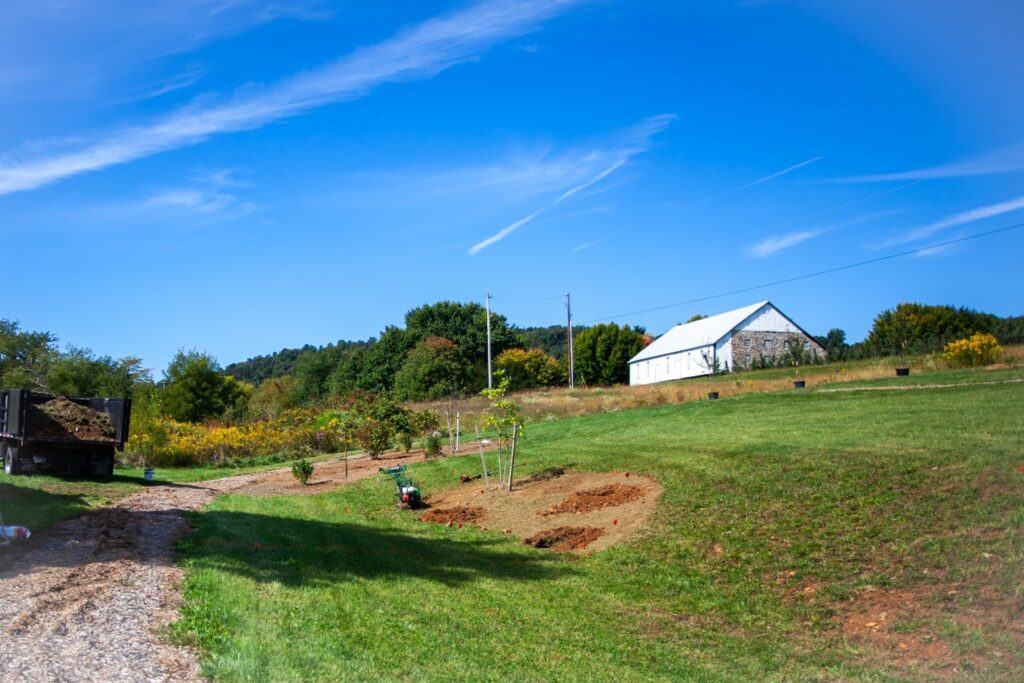
At Rice Fruit Company, we have been working on our own pollinator garden! Press Release- Rice Fruit Company Pollinator Garden
Behind our facilities, there was an older orchard that was removed. So, we had a blank canvas and some wide-open space that was primarily grass. It was the perfect spot for putting in some native trees, grasses, and flowers to attract insects and animals that are beneficial to our type of agriculture.
This garden serves a couple of purposes. First, we had a large, open green space that could be utilized in a better way than just another lawn to mow. Second, we can, over time, provide a sanctuary for all different kinds of pollinators. Third, we can make it a shared common space for employees.
What is a pollinator?
A pollinator is anything that helps carry pollen from the male part of the flower to the female part of the flower. Some of the most common pollinators are bees and butterflies. But hummingbirds, some types of beetles, flies and even bats play a role in pollen movement. The movement of pollen must occur for the plant to become fertilized and produce seeds, nuts, plants, and of course… APPLES!
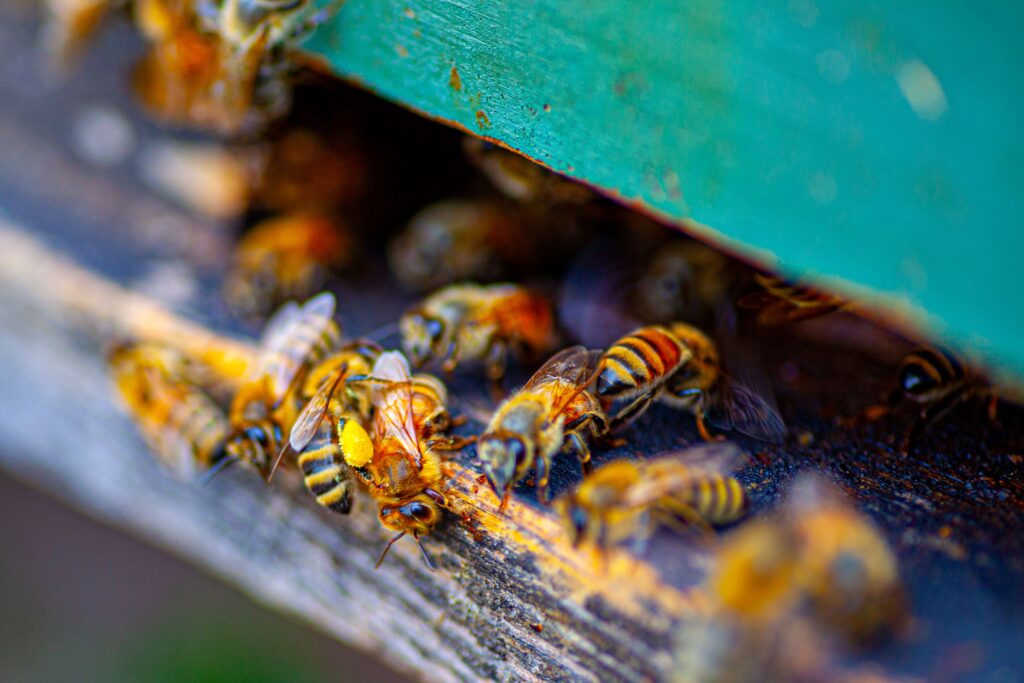
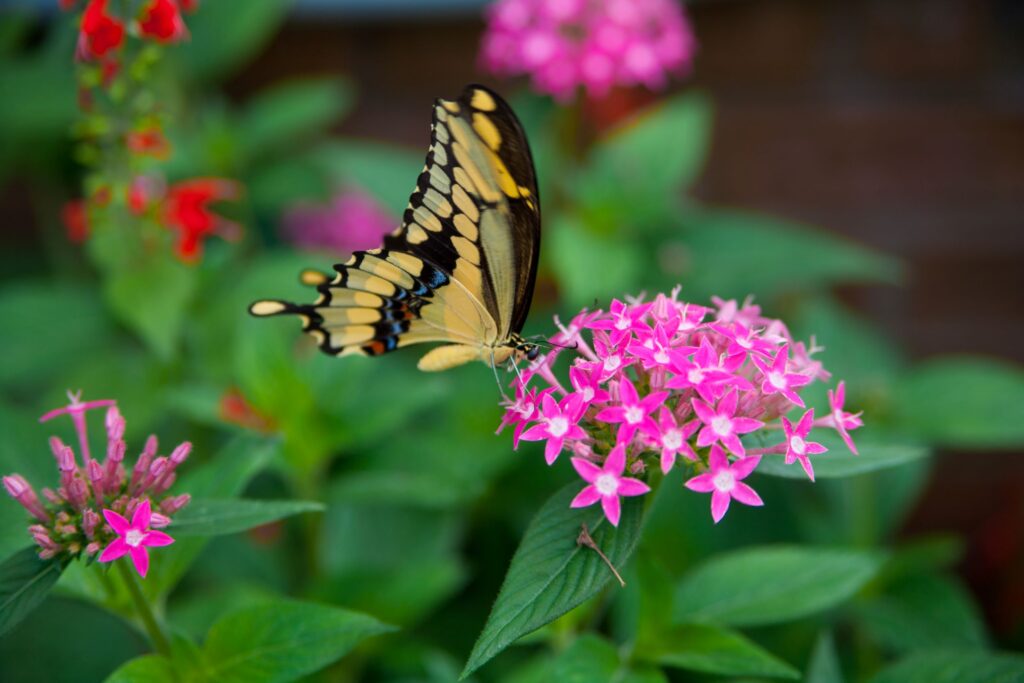
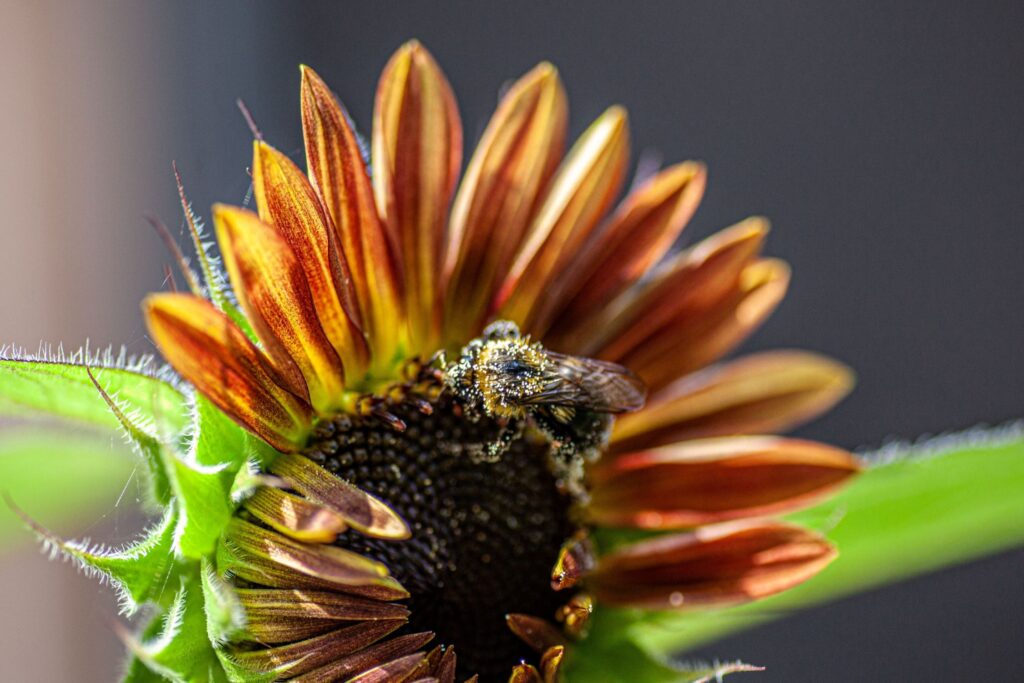
Certain pollinators like the honeybee and the monarch butterfly have suffered incredible population losses over the years, so providing safe spaces to refuel, rest and propagate is extremely important. And what better way to do that, than to provide them with their favorite plants?
What is a pollinator plant?
Pollinator plants are pollinator-friendly plants. They can be flowering perennials, annuals, or shrubs that provide the nectar and pollen essential for a flourishing pollinator population.
Some of our favorites are sunflowers, wildflowers, and crabapples.
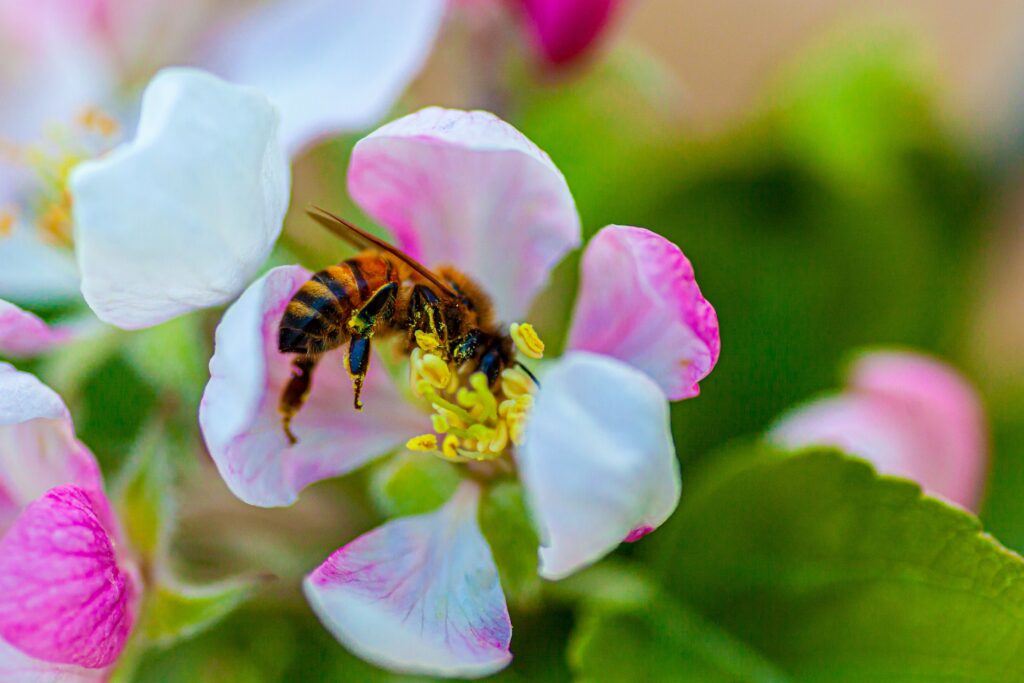
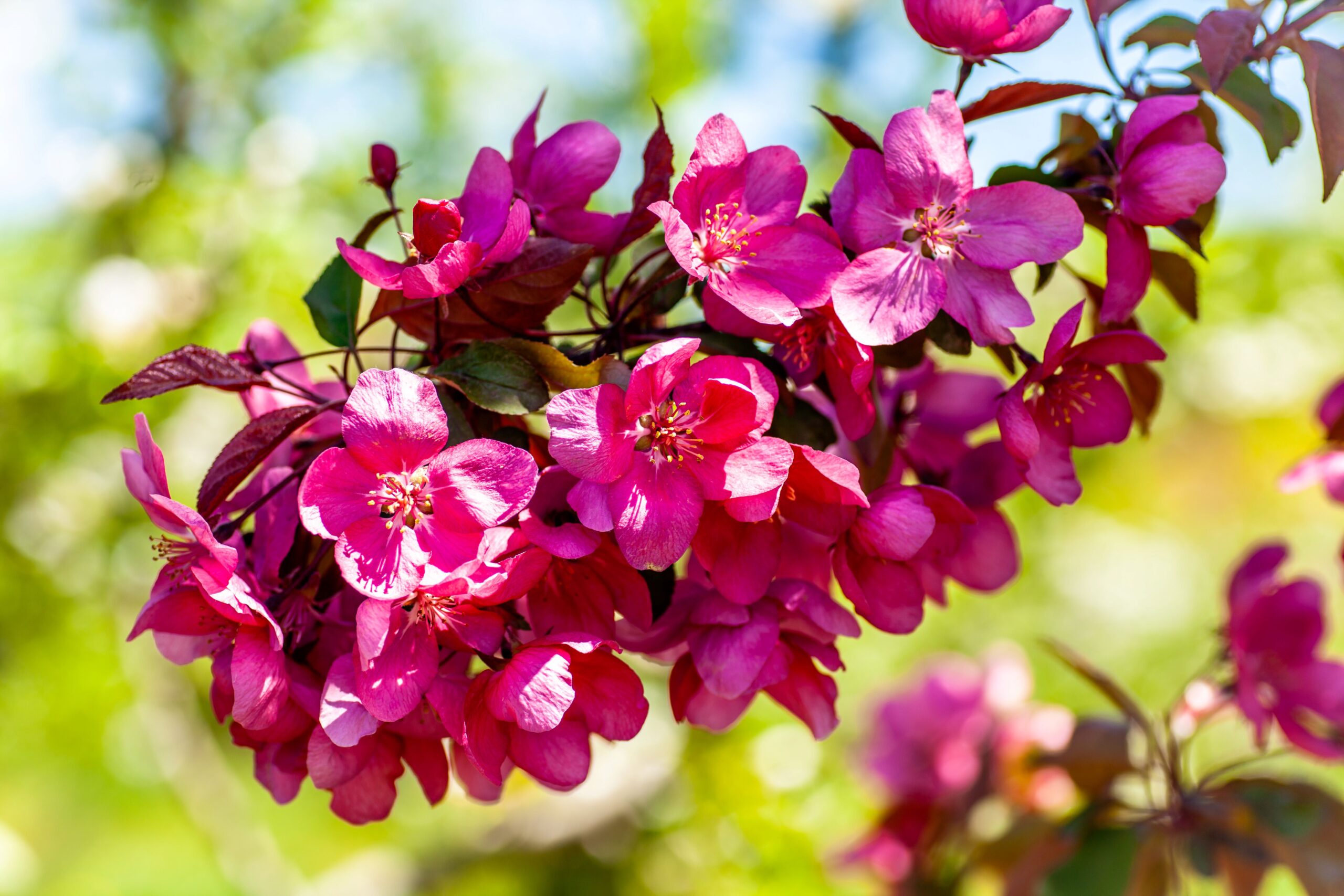
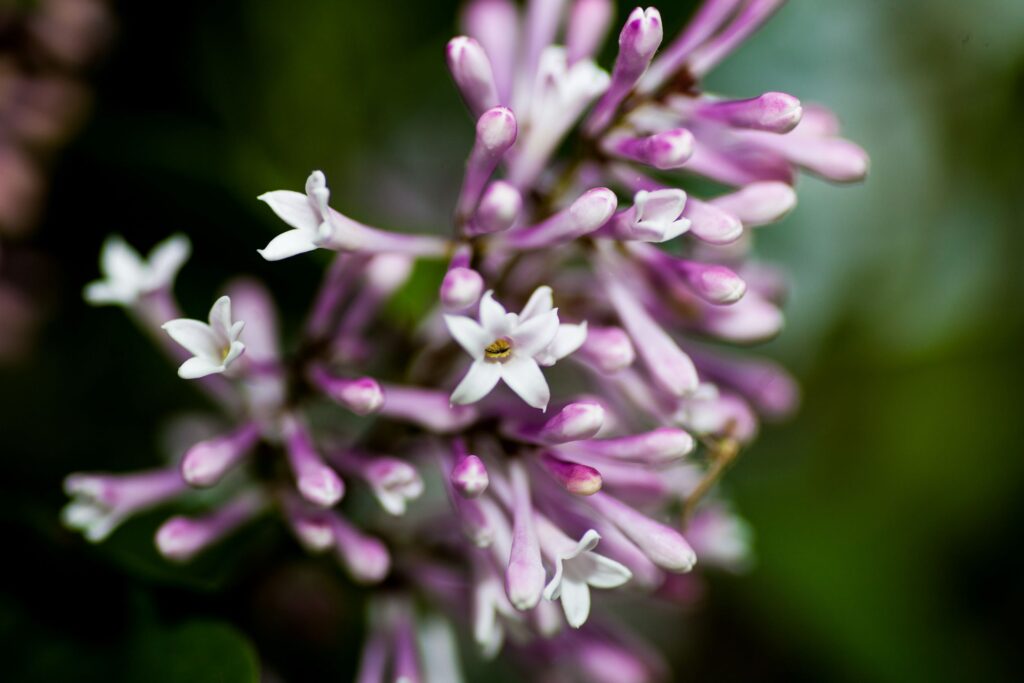
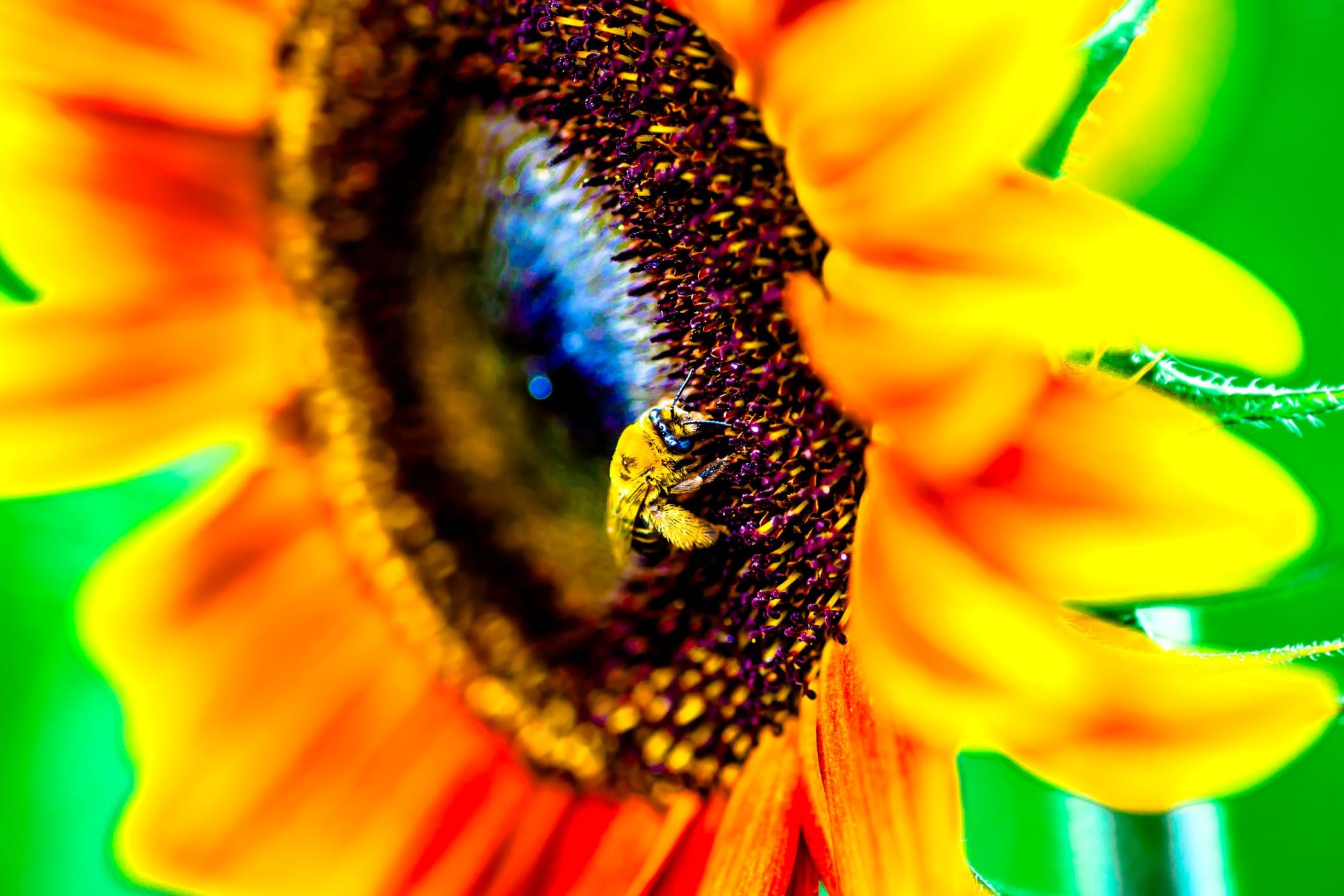
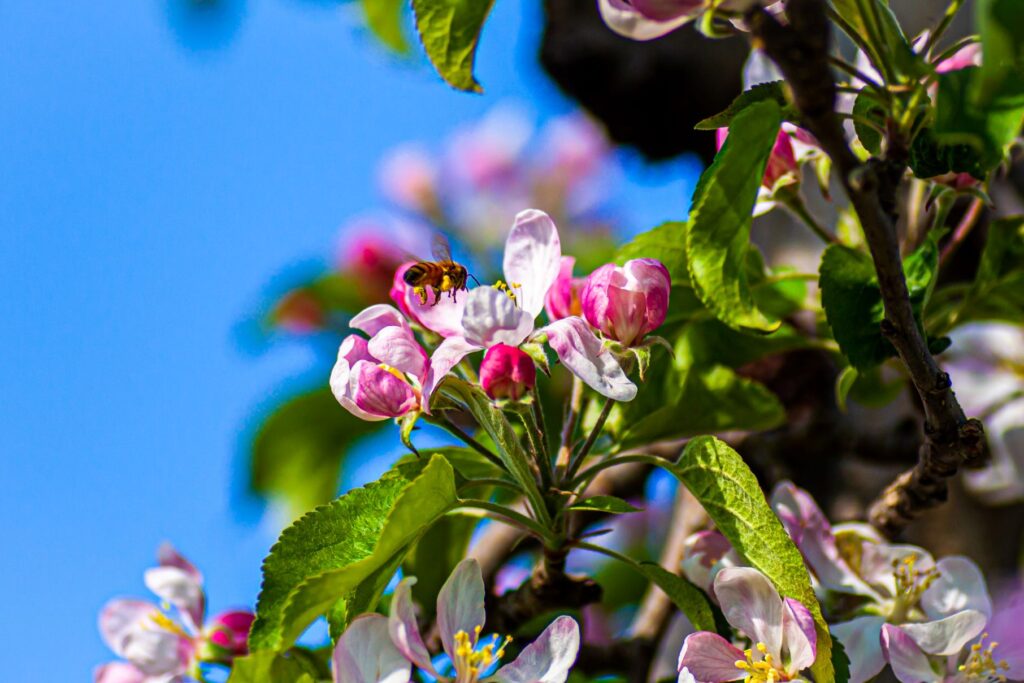
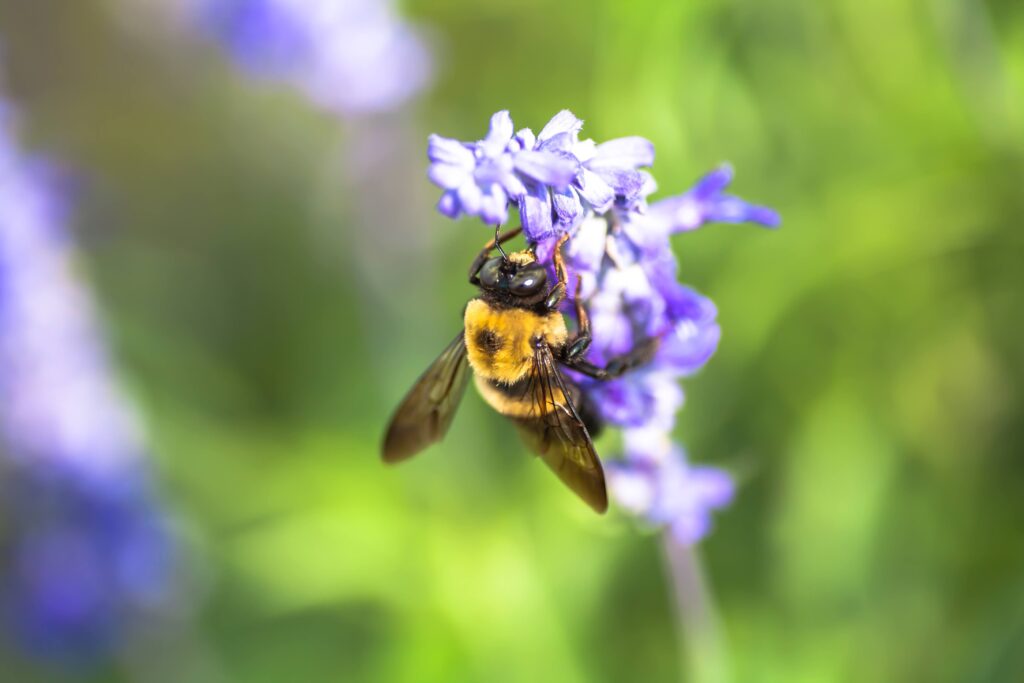
How can you help pollinators?
Less mowing, more growing!
Mowing grass every other week has been shown to increase pollinator habitat and activity.
Plant all the flowers!
Do some research to see what flowers, plants, or grasses will flourish in your geographic area, then get to planting!
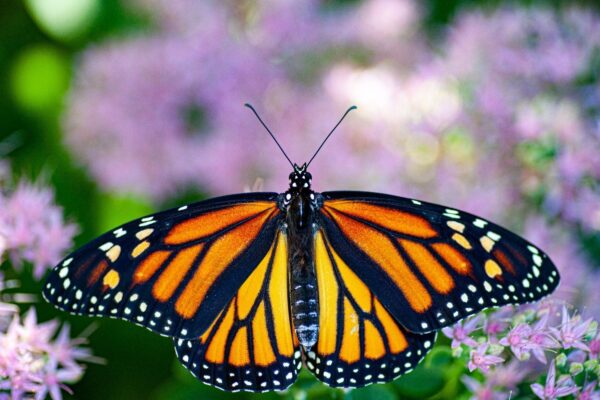
Over time, small changes can have a significant impact.
Ironically, this is known as ‘the butterfly effect.’
By making small steps in protecting these vital insects and building up their habitats, we can create more sustainable environments for our food sources. And over time, these small changes can have a significant impact. Ironically, this is known as ‘the butterfly effect.’ The long-term results of these actions are a benefit to everyone- cleaner air, more fruits, more vegetables…more of the good stuff.
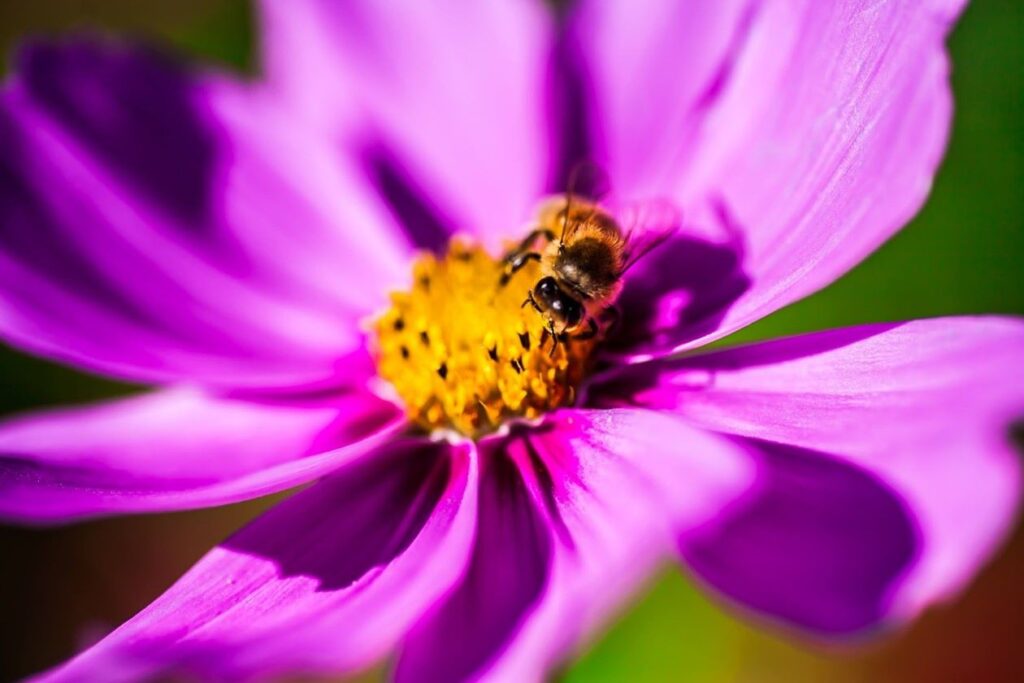
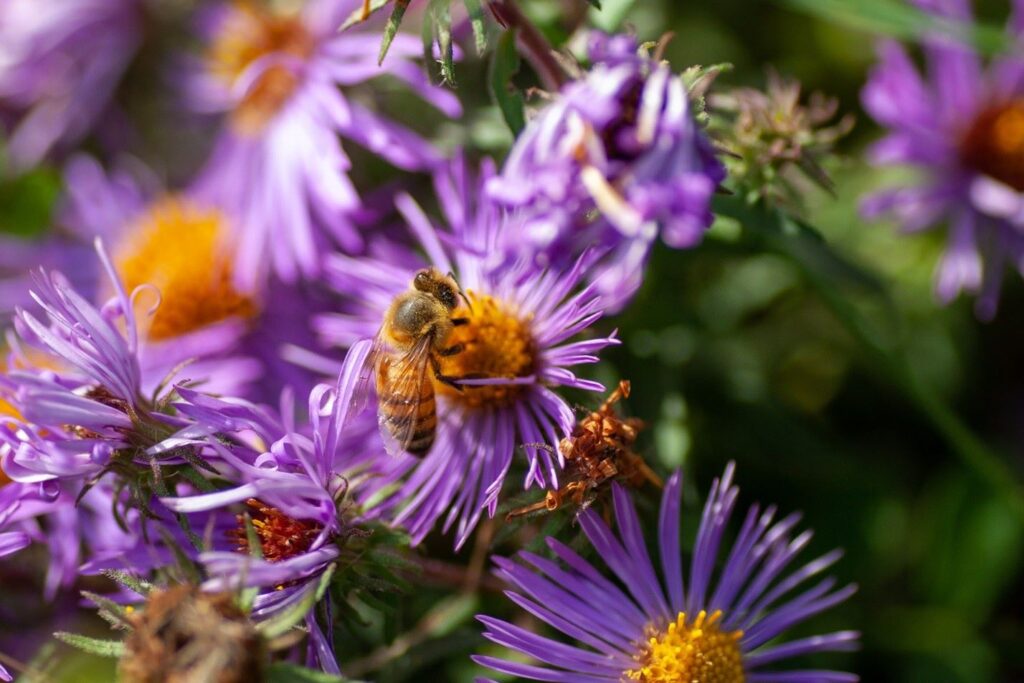
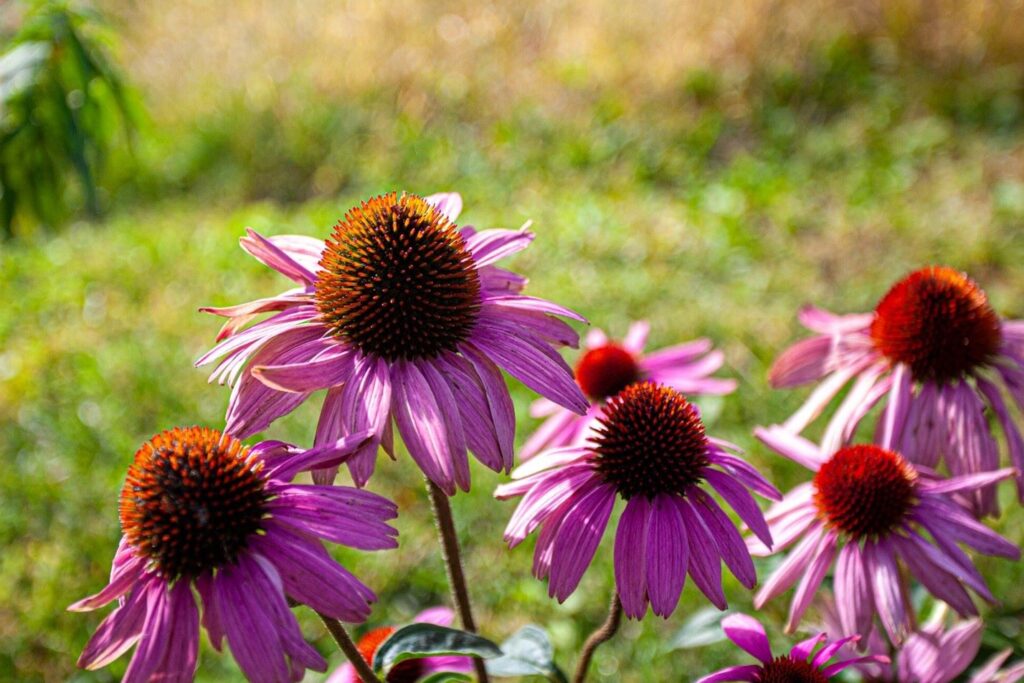
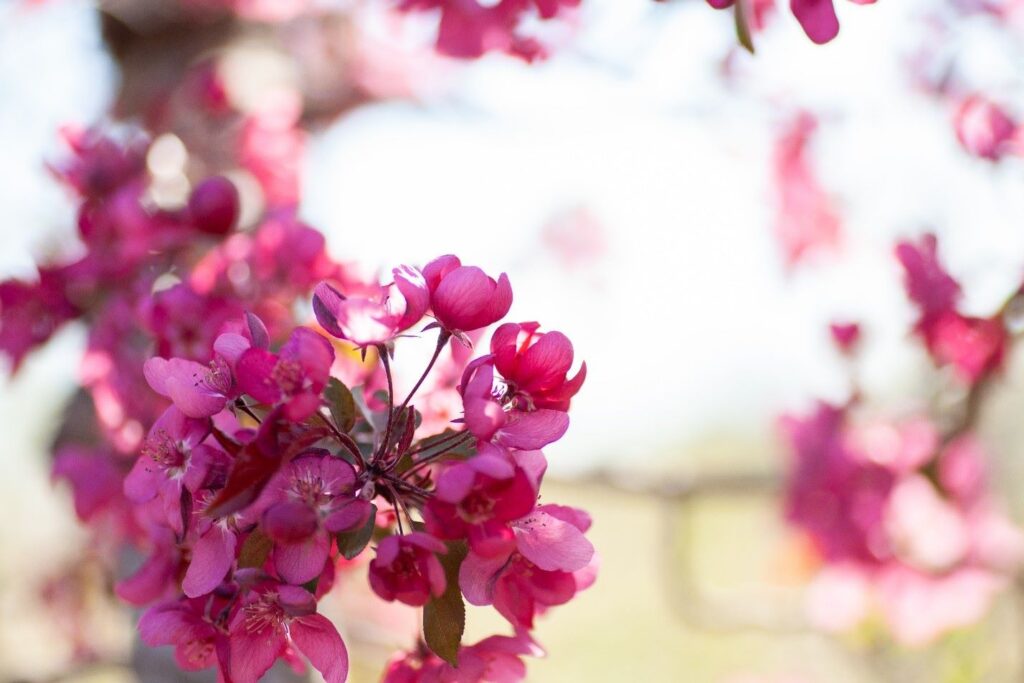
For more information on what you can do to support pollinators and their habitats, please visit:
Planting Guides | Pollinator.org
Happy Pollinating!
-Rice Fruit Company